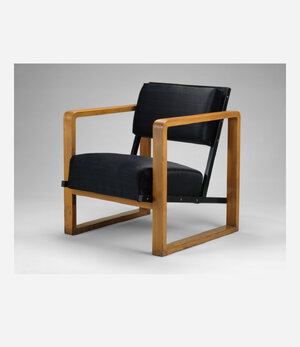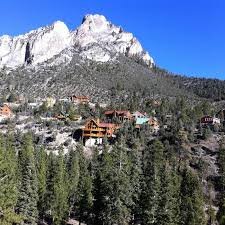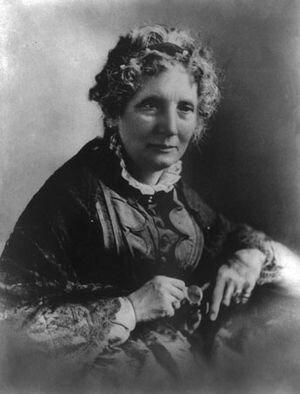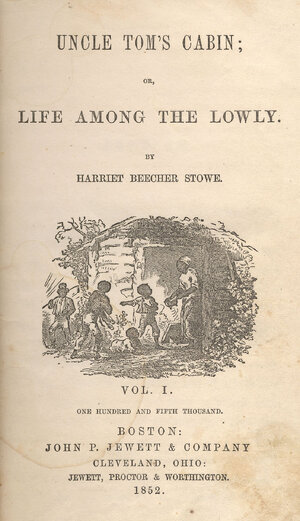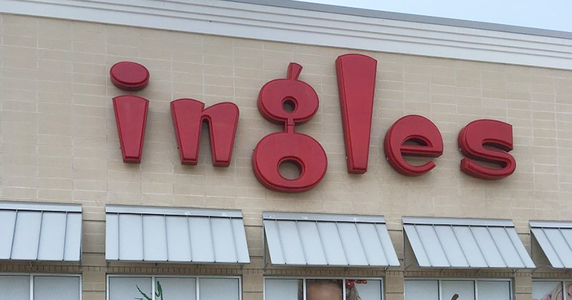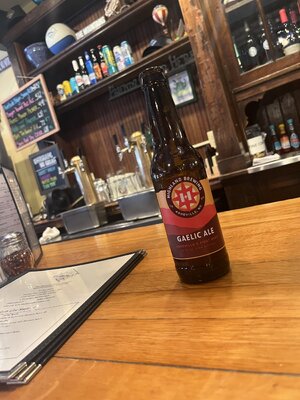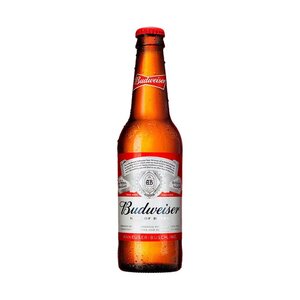Some hard core adventurers thos guys were.
1806 Lewis and Clark begin their trip home after an 8,000 mile trek of the Mississippi basin and the Pacific Coast.
The Lewis and Clark Expedition, also known as the Corps of Discovery Expedition, was the United States expedition to cross the newly acquired western portion of the country after the Louisiana Purchase. The Corps of Discovery was a select group of U.S. Army and civilian volunteers under the command of Captain Meriwether Lewis and his close friend Second Lieutenant William Clark. Clark, along with 30 others, set out from Camp Dubois (Camp Wood), Illinois, on May 14, 1804, met Lewis and ten other members of the group in St. Charles, Missouri, then went up the Missouri River. The expedition crossed the Continental Divide of the Americas near the Lemhi Pass, eventually coming to the Columbia River, and the Pacific Ocean in 1805. The return voyage began on March 23, 1806, at Fort Clatsop, Oregon, ending six months later on September 23 of that year.
President Thomas Jefferson commissioned the expedition, shortly after the Louisiana Purchase of 1803, to explore and detail as much of the new territory as possible. Furthermore, he wished to find a practical travel route across the western half of the continent—directly avoiding the hot and desolate desert southwest—and to establish an American presence in the new lands before European powers attempted to establish claims of their own. The campaign's secondary objectives were scientific, economical and humanitarian, i.e., to document the West's biodiversity, topography and geography and to establish positive trade relations with (potentially unknown) Native American tribes. The expedition returned to St. Louis to report their findings to President Jefferson via maps, sketches, and various journals.[1][2]
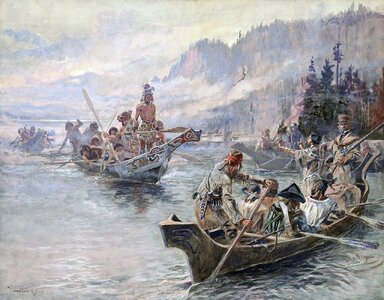
Corps of Discovery meet Chinooks on the Lower Columbia, October 1805 (Lewis and Clark on the Lower Columbia painted by Charles Marion Russel, c. 1905)
